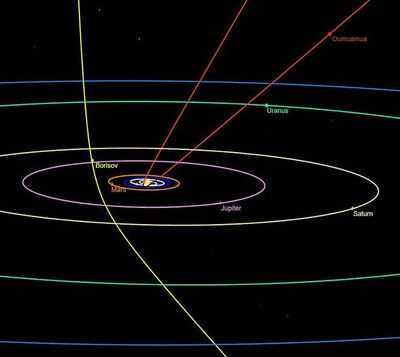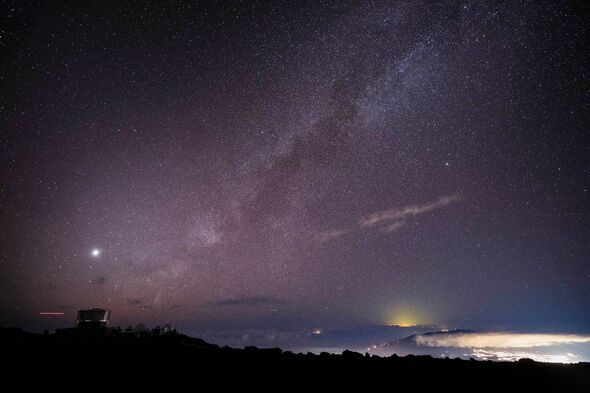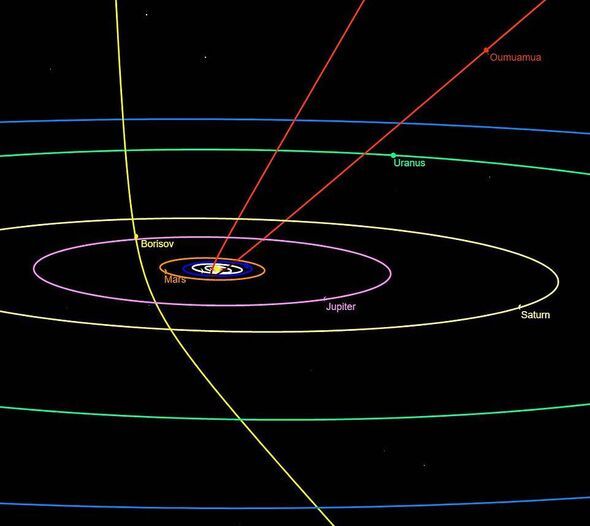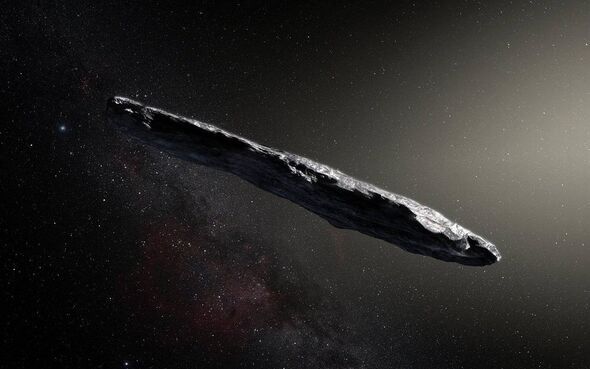

Scientists have spotted an object they suspect may have originated from another star system, and it seems to be heading towards Earth.
TheEuropean Space Agency (ESA) announced today that its scientists have identified what could be the third-ever extragalactic object to venture into the Milky Way. Currently, the harmless object, dubbed A11pl3Z, is several hundred million miles away from Earth, orbiting Jupiter.
From there, it will accelerate towards Earth, but it won't come anywhere near our planet, instead, it's expected to visit one of our closest neighbours, Mars.
Officials are currently unable to identify the object - it could be a rocky asteroid or an icy comet, both of which are common in our galaxy - nor can they determine its size or shape. The ESA plans to conduct further observations to confirm exactly where A11pl3Z originated from, and NASA, their American counterparts, are also keeping a close eye on the situation.
Astrophysicist Josep Trigo-Rodriguez of the Institute of Space Sciences near Barcelona, Spain, believes it is an interstellar object based on its unusual trajectory and high speed as it slices through the solar system, reports the Mirror.
 It could be a comet
It could be a comet
In an article for The Conversation, Dr Trigo-Rodriguez discussed A11pl3Z and suggested that "certain aspects of its extended appearance" could indicate it being a comet.
He said: "There are certain aspects of its extended appearance that could point to it being a comet. However, this will need to be confirmed in the coming weeks as it moves deeper into the solar system.He further added: "On the other hand, it is normal for an object subjected to the extremely low temperatures of interstellar space for millions of years to take longer than normal to 'wake up' from its slumber.".
 What is the risk of this object striking Earth?
What is the risk of this object striking Earth?
Dr Trigo-Rodriguez estimates the size of the object to be approximately 25 miles (40 kilometres) across and reassures that it won't come anywhere near our planet. The Scout programme at the Jet Propulsion Laboratory's Centre for the Study of Minor Bodies (CNEOs), has completely ruled out any risk of a potential Earth impact.
The closest it will get, according to the programme's estimates, is around 284 million kilometres (just over 176 million miles). The first confirmed interstellar visitor was in 2017.
Hawaii discoveryThis visitor was named Oumuamua, Hawaiian for scout, in honour of the observatory in Hawaii that discovered it. Initially classified as an asteroid, the elongated Oumuamua has since shown signs of being a comet.
The second object - and A11pl3Z's direct predecessor - confirmed to have strayed from another star system into our own is 21/Borisov, discovered in 2019 and believed to be a comet.
-
Fire breaks out in Hyderabad’s Sanathnagar after refrigerator blast

-
After surprise return, Pakistani stars face fresh Instagram block in India

-
Top 5 Things You Need To Know About The MG M9 Limousine MPV

-
Hyderabad: Fire breaks out at rubber factory in Katedan

-
Telangana CID nab Andhra man over organ trafficking racket
